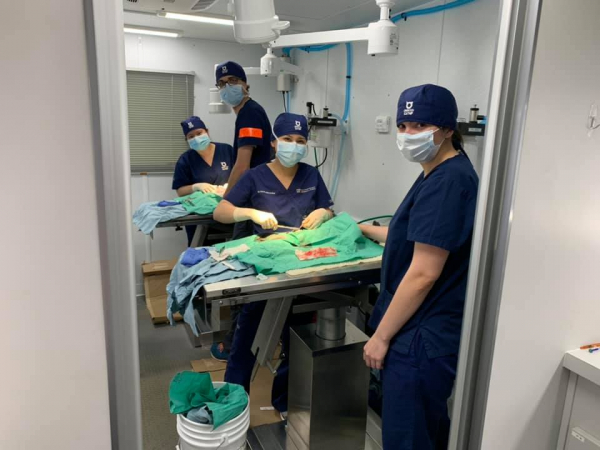Module 4: The Case of the Spay-Neuter Skeptic
HQHVSN: The Q Stands for Quality
The Association of Shelter Veterinarians’ 2016 Veterinary Medical Care Guidelines for Spay-Neuter Programs was created by a task force of experts in anesthesia, surgery, infection control, and emergency care to provide uniform recommendations for spay-neuter programs. These Guidelines represent best practices, regardless of the type of clinic in which spay-neuter is performed, including stationary, mobile, MASH, community cat, shelter, or private practice. Categories include Patient Care and Clinical Procedures, Preoperative Care, Anesthetic Procedures, Surgical Care, Postoperative Care, and Operations Management. These Guidelines are intended to be a resource for all settings in which spay-neuter surgery is performed, to improve the quality of care for each individual patient, reduce risks, and optimize patient outcomes.
Most spay-neuter clinics set a high-volume goal to fulfill their missions. A typical HQHVSN veterinarian performs 30 or more surgeries daily. Note that the Q always comes before the V, but they are not mutually exclusive. At first it might seem that achieving high surgical numbers might come at a cost of patient safety, but a recent report found the opposite to be true. Peri-operative mortality in a HQHVSN clinic was approximately one-tenth the mortality rate reported for private practices that perform a broader scope of services. This likely is due to the continuous refinement of techniques and protocols based on a high level of narrowly focused experience. In addition, teams that specialize in a limited spectrum of procedures develop higher proficiency levels in those tasks.
Surgeon and team experience is part of the explanation, but it has also been shown that the consecutive repetition of specific procedures, without interruption by other procedures, is an independent predictor of reduced mortality in human surgery.


